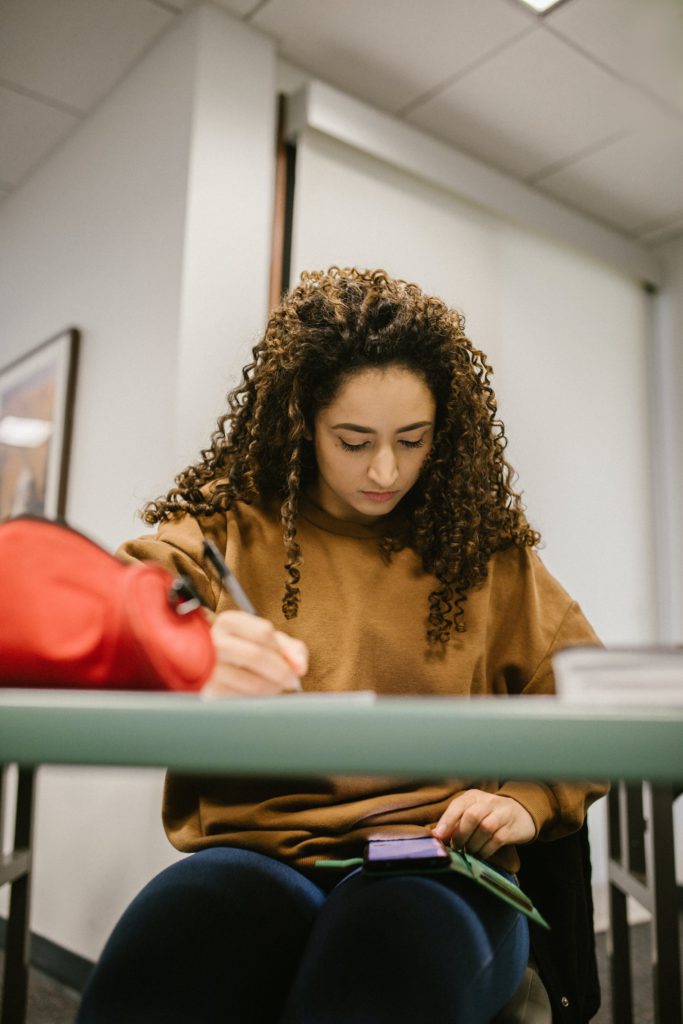There’s a line between copying someone’s work, and taking inspiration from it. This is always important to know, but, where does the line start? When is it ok to copy someone’s creation?

In the vast world of content creation, the question of whether it’s okay to copy someone else’s work often arises. Do they own the rights? What level, if any, of copying is ok? Will they ever find out? If not, is that ok? Should you be able to copy someone’s work if you add your own flare, and credit them? Surely, most creators take inspiration from others?
Originality matters
When it comes to creating content, originality shines. People appreciate unique ideas and fresh perspectives. Imagine putting your heart and soul into a piece of artwork, only to have someone else replicate it without giving credit. That’s where the line blurs between admiration and copying. Ensure your work is always unique, and not a carbon copy.
Inspiration vs. imitation
Getting inspired by others is a beautiful part of the creative process. It’s like a spark that ignites your own ideas. However, there’s a thin line between drawing inspiration and outright imitation. It’s crucial to transform what inspires you into something that reflects your style, voice, and creativity. Make it your own, every time.
Respecting copyright and attribution
Copying someone’s work without permission is a big no-no. Just like you wouldn’t want your work to be used without credit, it’s essential to treat others with the same respect. Copyright laws exist to protect creators, and it’s important to honour those rights. If you want to use someone’s work as inspiration for your own, credit them.
If you’re inspired by someone and want to use their work or ideas, always ask for permission or provide proper attribution. It’s not only respectful, but also a way of building a positive and supportive creative community. Lead by example. Otherwise, it becomes fair game for others to steal your work. Put yourself in their shoes before using their content uncredited.
Building on ideas: adding your twist
There’s a concept known as “building on ideas,” which means taking inspiration and adding your unique twist. It’s like cooking – you use a recipe as a base but tweak it to suit your taste. This way, you’re acknowledging the source of inspiration while making the creation your own. The two pieces should not look identical, otherwise you’ve copied.
Educational purposes and fair use
In certain situations, using someone else’s work for educational purposes or within the bounds of fair use might be acceptable. Fair use allows for the use of copyrighted material for purposes such as criticism, commentary, news reporting, teaching, scholarship, or research. However, it’s essential to understand the limitations and context of fair use.
In the creative realm, being ethical and mindful of others is crucial. While drawing inspiration is natural and encouraged, outright copying is not only disrespectful but can also have legal consequences. Strive to be original, seek permission when needed, and always give credit where credit is due. By doing so, you contribute to a positive creative community.






